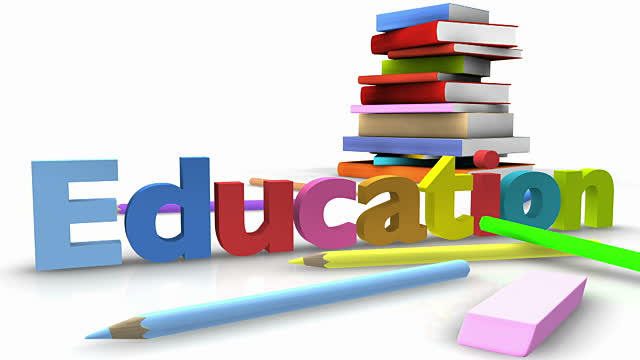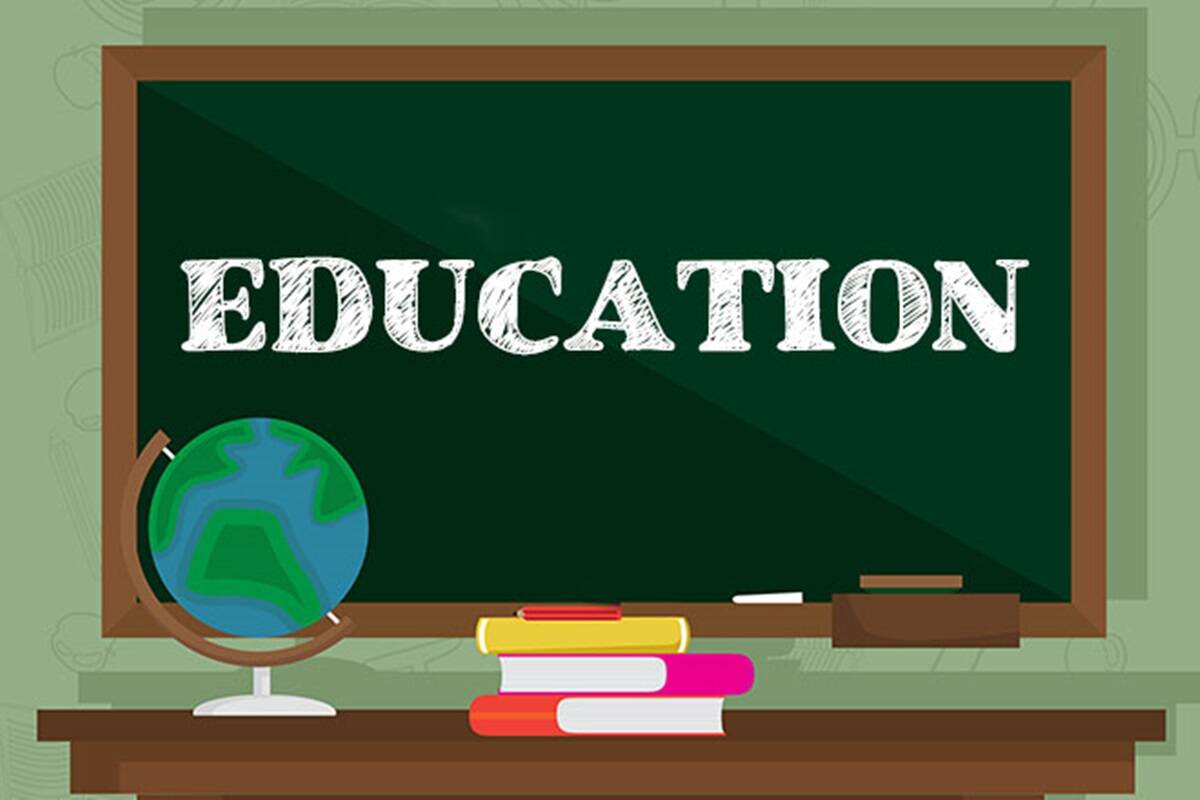Education is a fundamental pillar of society, impacting both individual lives and the future of entire nations. As we navigate the challenges of the 21st century, the educational system must evolve to meet the changing needs of students and address modern challenges. With rapid technological advancements, shifting global economies, and evolving student needs, it is crucial that education systems adapt to provide meaningful, effective, and accessible learning experiences.
But what are the most effective strategies for improving education today? In this article, we will explore several strategies that are shaping the future of education. From leveraging technology and personalized learning to fostering inclusivity and addressing mental health, these strategies are designed to equip students with the knowledge, skills, and attitudes they need to thrive in a rapidly changing world.
The Role of Technology in Modern Education
Digital Learning Platforms and Tools
One of the most significant changes in education in recent years has been the integration of technology. The advent of digital learning platforms, such as Khan Academy, Coursera, and Duolingo, has made education more accessible to people across the globe. These platforms provide free or low-cost learning opportunities that can complement traditional schooling, offering students the chance to study at their own pace and from anywhere in the world.
In classrooms, tools such as interactive whiteboards, learning management systems (LMS), and educational apps help create more engaging and dynamic learning environments. These tools allow teachers to provide personalized instruction and track student progress more effectively. For example, platforms like Google Classroom or Microsoft Teams enable teachers to assign tasks, provide instant feedback, and create collaborative spaces for students to work together.
Virtual and Augmented Reality
Another emerging trend is the use of virtual reality (VR) and augmented reality (AR) in education. VR and AR allow students to experience immersive learning environments that are not possible through traditional methods. For example, students can take virtual field trips to historical sites, explore scientific phenomena, or even simulate complex math problems in 3D environments. This interactive learning not only helps students retain information more effectively but also makes learning more enjoyable and engaging.
Gamification in Education
Gamification is another innovative strategy that has gained traction in modern education. By incorporating elements of game design, such as points, badges, and leaderboards, educators can make learning more interactive and motivating for students. Gamified learning experiences allow students to progress through challenges, reinforcing their understanding of concepts while keeping them engaged.
This strategy is particularly useful for subjects like math and science, where practice and repetition are essential for mastery. For example, apps like Duolingo use gamified techniques to teach languages, making the process fun and rewarding.
Personalized Learning: Tailoring Education to Individual Needs
Differentiated Instruction
Personalized learning is a strategy that focuses on meeting the unique needs, interests, and learning styles of each student. This approach contrasts with the traditional “one-size-fits-all” model of education, where every student follows the same curriculum at the same pace. Personalized learning allows students to move through material at their own speed, focusing on areas where they need improvement and advancing when they are ready.
Differentiated instruction is one way to implement personalized learning in the classroom. It involves tailoring teaching methods and resources to accommodate the different learning styles of students. For example, some students may benefit from visual aids, while others might prefer hands-on learning or audio resources. By providing a variety of instructional strategies, teachers can ensure that each student receives the support they need to succeed.
Adaptive Learning Technology
Adaptive learning technologies are another effective tool for personalizing education. These tools use algorithms to assess a student’s strengths and weaknesses and adjust the learning content accordingly. Platforms like DreamBox and Smart Sparrow employ adaptive learning systems to provide real-time feedback and ensure that students receive targeted instruction that is aligned with their individual needs.
Adaptive learning helps to close achievement gaps by allowing students to progress at their own pace. It can be especially beneficial for students who may struggle with certain topics, as it provides them with the time and support they need to master concepts before moving on to more advanced material.
Encouraging Student Agency
Another aspect of personalized learning is encouraging student agency—empowering students to take control of their learning. When students are given a voice in their education, they become more motivated and invested in their success. This can be achieved by offering choices in assignments, encouraging self-directed learning, and promoting collaborative projects.
Incorporating student input into curriculum development can also be an effective strategy. By allowing students to explore topics that interest them, educators can increase engagement and foster a love of learning that extends beyond the classroom.
Fostering Inclusivity and Equity in Education
Addressing Disparities in Access to Education
A key strategy for improving education today is ensuring that all students, regardless of their socioeconomic background or geographic location, have access to high-quality education. This is particularly important in a world where the digital divide and unequal access to resources continue to perpetuate disparities in learning outcomes.
Efforts to bridge this gap include increasing access to technology in underserved areas, providing financial support for students from low-income families, and ensuring that school facilities are properly equipped to serve the needs of diverse populations. Governments, nonprofits, and businesses must work together to ensure that education is accessible to everyone, no matter their background.
Culturally Responsive Teaching
Culturally responsive teaching (CRT) is another key strategy for promoting inclusivity in education. CRT emphasizes the importance of recognizing and respecting the diverse cultural backgrounds of students. By incorporating culturally relevant materials and teaching methods, educators can create an environment where students feel valued and understood.
For example, teachers might incorporate literature, history, and perspectives from various cultures to help students appreciate the richness of the world around them. This approach not only enhances learning but also fosters empathy, tolerance, and global awareness.
Special Education and Support for Diverse Learners
Effective education must also address the needs of students with disabilities and learning differences. Special education programs that provide tailored support and accommodations for students with learning disabilities, physical disabilities, or mental health challenges are essential to ensuring that all students have the opportunity to succeed.
In addition to special education programs, schools can implement universal design for learning (UDL) principles. UDL is an approach to education that aims to meet the needs of all learners by providing multiple means of engagement, representation, and expression. This helps ensure that every student, regardless of their abilities, has access to the curriculum and can participate fully in the learning process.
Addressing Mental Health and Well-being
The Importance of Mental Health Support
Education is not just about academic achievement—it’s also about fostering the overall well-being of students. Mental health challenges, such as anxiety, depression, and stress, have become increasingly prevalent among students. To improve education, it’s essential that schools offer mental health support and create environments that prioritize student well-being.
Schools can offer counseling services, mindfulness programs, and stress management workshops to help students cope with the pressures of school life. Encouraging open conversations about mental health and removing the stigma surrounding mental health issues can create a more supportive and inclusive environment for students.
Social-Emotional Learning (SEL)
Social-emotional learning (SEL) is another effective strategy for addressing the emotional needs of students. SEL programs focus on teaching students skills such as self-awareness, self-regulation, empathy, and responsible decision-making. These skills are critical not only for academic success but also for personal and professional growth in the future.
By incorporating SEL into the curriculum, schools can help students develop the emotional intelligence and resilience they need to navigate the challenges of life.
Teacher Development and Support
Ongoing Professional Development
Teachers are at the heart of education, and their development is essential for improving educational outcomes. Providing teachers with ongoing professional development opportunities ensures that they are equipped with the latest teaching methods, tools, and strategies to effectively support their students.
Professional development programs should focus on a variety of areas, including the use of technology in the classroom, classroom management strategies, and approaches to differentiated instruction. These programs should be ongoing and tailored to the specific needs of individual teachers.
Collaboration and Support Networks
Creating a collaborative teaching environment is also important for improving education. Teachers should be encouraged to share ideas, resources, and best practices with one another. Professional learning communities (PLCs) provide a platform for teachers to collaborate and support one another in their professional growth.
Adequate Compensation and Resources
Teachers should be adequately compensated for their work and provided with the resources they need to succeed. This includes competitive salaries, access to professional development, and a supportive work environment. When teachers feel valued and supported, they are better able to support their students and foster positive learning outcomes.
Conclusion: A Holistic Approach to Improving Education
Improving education requires a multi-faceted approach that addresses the diverse needs of students, teachers, and communities. By leveraging technology, personalizing learning, fostering inclusivity, supporting mental health, and investing in teacher development, we can create a more effective and equitable education system for the 21st century.
Ultimately, the goal of education is not just to impart knowledge, but to equip students with the skills, attitudes, and resilience they need to succeed in a rapidly changing world. By embracing these strategies and continuously adapting to new challenges, we can build an education system that prepares students for the future and promotes lifelong learning and personal growth.




